Visiting Wind Cave National Park
- Jennifer Melroy
- Last Modified January 24, 2024
- First Published on October 31, 2020
Planning a trip to Wind Cave National Park and need some help planning your trip?
Here is the National Park Obsessed guide for visiting Wind Cave National Park, South Dakota.
- The Quick Guide to Visiting Denali National Park National Park and Preserve
- Map of Denali National Park and Preserve
- Acadia National Park Basics
- Land Acknowledgment
- When was Zion National Park Created?
- Fun Facts about Denali National Park and Preserve
- When to Visit Denali National Park and Preserve
- How to Get to Denali National Park and Preserve
- How Much Time Should I Spend Visiting Denali National Park?
- Things to do in Denali National Park
- Places to Stay Near Denali National Park
- Where to stamp your National Parks Passport Book?
- What to Pack for Denali National Park?
- Denali National Park Gift Ideas
- National Park Obsessed’s Detailed Guides to Denali National Park
- National Parks Near Denali National Park
- Pin for Later: Visiting Denali National Park National Park and Preserve: The Complete Guide
The Quick Guide to Visiting Wind Cave National Park
Wind Cave National Park Basics
Region: Midwest / Central Plains
Park Size: 33,847 acres (52.89 sq miles) (136.97 sq km)
Location: Custer County
Closest Cities: Hot Springs, South Dakota
Busy Season: July to August
Visitation: 615,350 (in 2019)
How much does Wind Cave National Park Cost?
Wind Cave National Park is free to enter but cave tours are a separate fees.
When is Wind Cave National Park Open?
Wind Cave National Park is open year-round.
Are dogs allowed in Wind Cave National Park?
Yes, pets are welcome in Wind Cave National Park but are limited to developed areas such as roads, parking areas, picnic areas, and campgrounds. Pets are not allowed on the trails in the park or in the Cave. Please review the Wind Cave Pet Policy before bringing your dog to Wind Cave.
Where are Wind Cave National Park’s visitor centers?
Wind Cave National Park Visitor Center – Open Year Round
Land Acknowledgments for Wind Cave National Park
The National Park known as Wind Cave National Park sits on Cheyenne and Očhéthi Šakówiŋ land.
Thank you to the Native Land Digital for making the Indigenous territories accessible to all. They have mapped the known territories to the best of the current knowledge and is a work in progress. If you have additional information on the Indigenous nations boundaries, please let them know.
Native Land Digital is a registered Canadian not-for-profit organization with the goal to creates spaces where non-Indigenous people can be invited and challenged to learn more about the lands they inhabit, the history of those lands, and how to actively be part of a better future going forward together.
Where to stamp your National Parks Passport Book in Wind Cave National Park?
The National Park Passport Book is the BEST and cheapest National Park souvenir. Every National Park Obsessed person should have one of these books.
If you are new to the National Parks, you can learn more about the National Parks Passport program here or jump right in by ordering:
- The ever-popular Classic National Parks Passport
- Get 15% Off Your Next Order at the America’s National Parks Online Store with Code: NATIONALPARKOBSESSED at Checkout
- Or get the National Park Obsessed’s National Park Passport & Journal
IMPORTANT: Do NOT stamp your government-issued passport.
There is one official stamp for Wind Cave National Park. Here is the list of National Park Passport Stamps you can get in Wind Cave National Park:
- Hot Springs, SD
Bonus Stamps
- Junior Ranger
- South Dakota
- Wind Cave National Park Bison
Wind Cave National Park Passport Stamp Locations
Here are all the locations for Wind Cave National Park Passport Stamps.
- Visitor Center
National Park Obsessed’s Detailed Guides to Wind Cave National Park
Road Trips that Include Wind Cave National Park
Jennifer Melroy
Hi, I'm Jennifer!
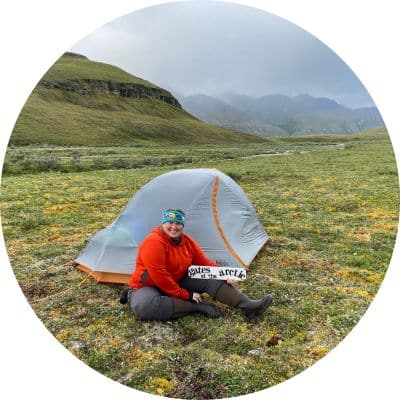
Welcome to the wonderful world of National Parks. I'm here to help you plan your NEXT amazing adventure through the United States National Parks and beyond. I want the national parks to be accessible to all.
I live in Tennessee, and when I'm home, you can find me hiking in the Smokies and the Cumberland Plateau.
58/63 National Parks
250+/423 National Park Units
Want to know more? Start Here.
Explore More
ACKNOWLEDGEMENT OF LAND
On this site, we promote travel to the United States and beyond that are the traditional lands of Indigenous and First Nations peoples.
With respect, I make a formal land acknowledgment, extending my appreciation and respect to these lands’ past and present people.
To learn more about the people who call these lands home, I invite you to explore Native Land.
DISCLAIMER
National Park Obsessed assumes no responsibility or liability for any errors or omissions in the content of this site (NationalParkObsessed.com). The information contained in this site is provided with no guarantees of completeness, accuracy, usefulness or timeliness. You are encouraged to conduct your own due diligence before acting on the information provided on this site and should not rely on the opinions expressed here.
There is an inherent risk in all outdoor recreation activities, the reader assumes all responsibility for their own personal safety.
DISCLOSURE
We are a participant in the Amazon Services LLC Associates Program, an affiliate program designed to provide a means for us to earn fees by linking to Amazon.com and affiliated sites.
Privacy Policy • About Us • Contact
Select stock photography provided depositphotos
Copyright ©2023 National Park Obsessed, LLC
Privacy Overview
Last Updated on 24 Jan 2024 by Jennifer Melroy
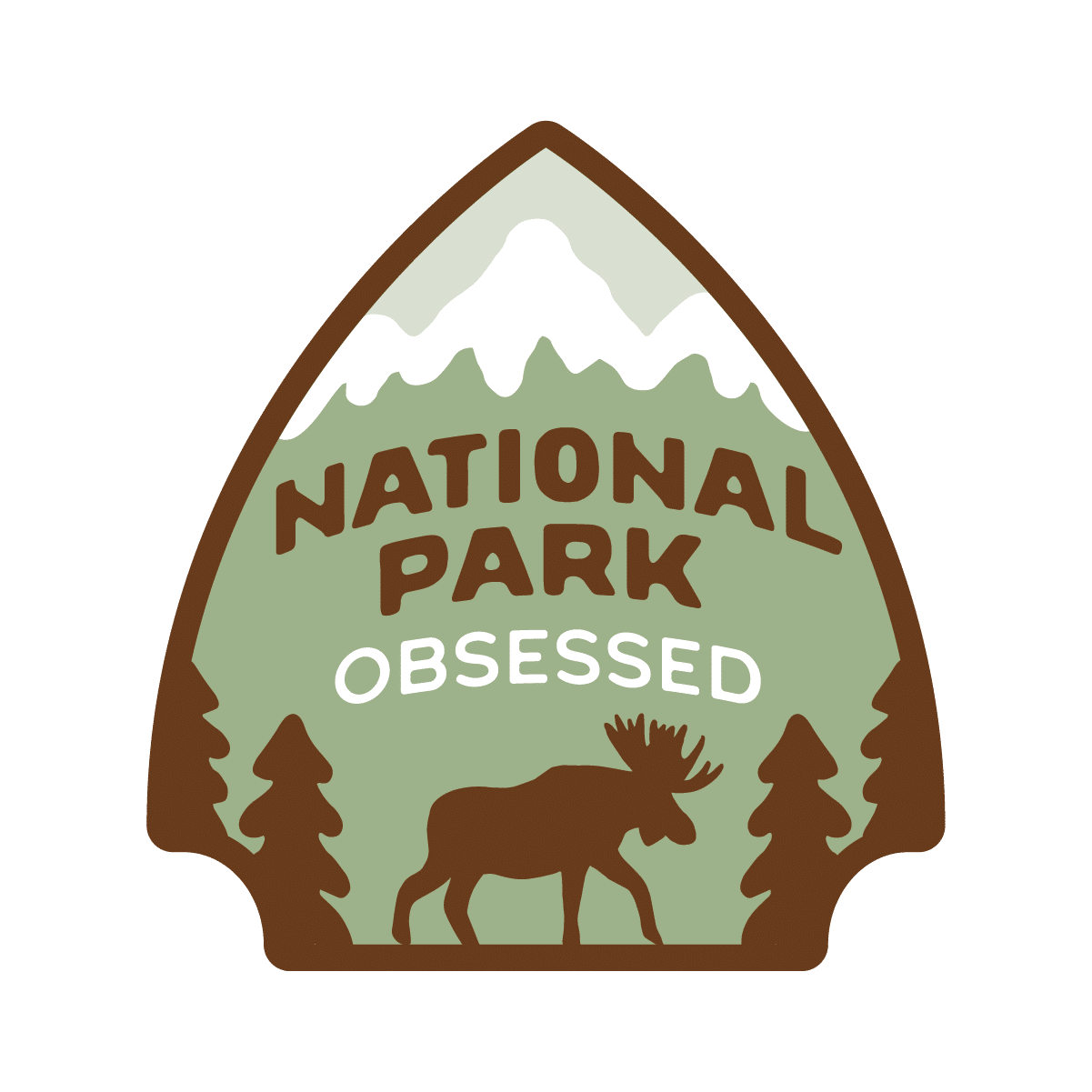
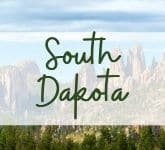
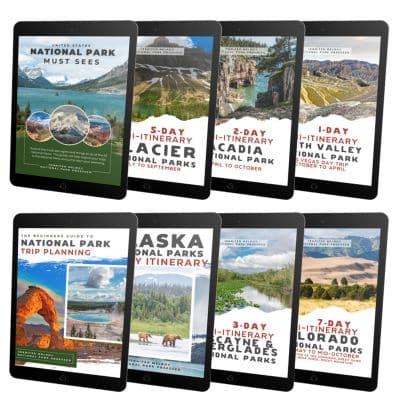
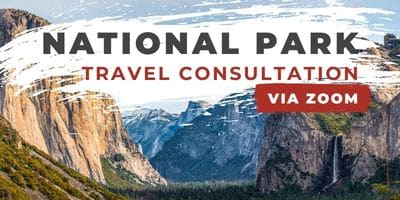
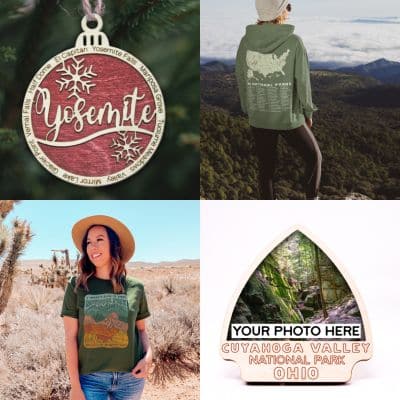
2 Comments
Kathy Burns
Will you be open in June of 2022? My Great Grandmother was Katie Stabler and I would love to visit Wind Cave at the end of June. I have wonderful memories of my Great Grandmother. I have some very interesting photos of her. I understand that there is a camping area as well. Do you have cabins to rent or just tenting? I cant wait to start planning a trip. Please let me know if you are open at that time for tours.
Kathy (VanDyne) Burns
Jennifer Melroy
This is an independently run website focused on helping people plan national park trips. This website is not associated with the National Park Service. Please review NPS.gov for the latest information on cave tours time and availability at Wind Cave.